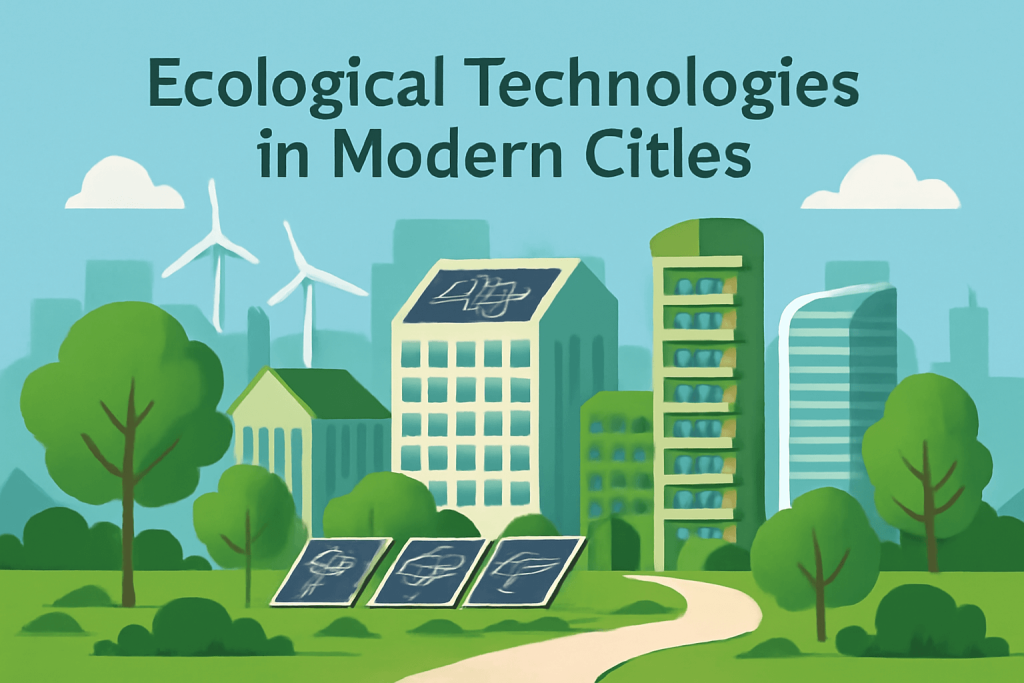I’ve always wondered how our cities could be more green and natural while living surrounded by buildings and concrete. Last summer, I was looking up some info about sustainable city planning after checking out https://melbetsindia.in/ for something totally different, and I found some really cool new ideas happening in cities all over the world. Making our cities more eco-friendly isn’t just a cool idea anymore—it’s becoming really important as we deal with more environmental problems and as more people move to cities.

Green Infrastructure Urban Spaces
Remember when walls were just boring concrete structures? Not anymore! I saw a major vertical garden five years ago in Singapore, and I was surprised by how a hotel exterior had been transformed into a picture of native plants.
These green installations aren’t just pretty—they actively filter air pollutants, reduce ambient temperature, and provide much-needed habitats for urban wildlife.
Plus, studies suggest they improve mental well-being for city dwellers who otherwise might go days without meaningful contact with nature.
Urban Farming Takes Root
The farm-to-table movement has gotten a whole lot closer with rooftop gardens and community farming plots sprouting up in unexpected urban locations. My neighbor recently joined a community garden on what was previously an abandoned lot, and now supplies her family with fresh vegetables three seasons a year.
Some forward-thinking cities have even begun incorporating productive landscapes into their municipal planning, designating areas for food production within city limits. Detroit, with its numerous vacant lots, has become an unexpected leader in this movement, with urban farms helping revitalize neighborhoods while improving food security.
Smart Water Management Systems
One of the biggest challenges facing urban areas is water—either too much during storms or not enough during droughts. Innovative cities are implementing solutions that work with natural systems rather than against them.
Permeable Surfaces and Rain Gardens
I’ve watched my own city transform over the past decade, replacing traditional concrete with permeable pavements that allow rainwater to seep through rather than run off. These surfaces, combined with strategically placed rain gardens containing deep-rooted native plants, help manage stormwater naturally, reducing flooding risks and replenishing groundwater supplies.
When my street was redone last year with these features, I noticed that the massive puddles that used to form at the corner disappeared completely, even during heavy downpours.
Water Recycling Technologies
Treating water as a precious resource rather than a disposable commodity has led to remarkable innovations in recycling systems. From simple rain barrels collecting roof runoff for garden irrigation to sophisticated greywater systems that process sink and shower water for toilet flushing, these technologies are drastically reducing municipal water demands.
Renewable Energy Integration
Walking through my neighborhood at night, I’ve noticed the gradual replacement of traditional streetlights with solar-powered versions that store energy during the day and illuminate our paths at night. Some innovative cities have gone even further, installing walkways and road surfaces that generate electricity from footsteps and vehicle movement.
Microgrids and Community Solar
Big power plants are becoming a thing of the past. Just last month, my cousin told me over beers how his apartment complex finally got on board with that solar thing he’d been pushing for ages. They all pitched in some cash, got panels installed on their roof, and now they’re splitting the electricity. It’s pretty sweet – they save money, plus when that crazy storm knocked out power for three days last winter, their building still had enough juice to keep the lights on and phones charged. And yeah, it’s better for the planet too, which doesn’t hurt.
The Human Element
For all these technological innovations, the most important factor remains human behavior and adaptation. The most successful ecological urban initiatives involve community participation and education. When my city installed its first bioswale system, there was initially confusion and resistance, but after community workshops explaining the benefits, residents became enthusiastic supporters and now help maintain these natural drainage features.
As we continue developing our cities with these ecological technologies, we’re not just creating more sustainable urban environments—we’re reshaping our relationship with the natural world in our everyday lives.